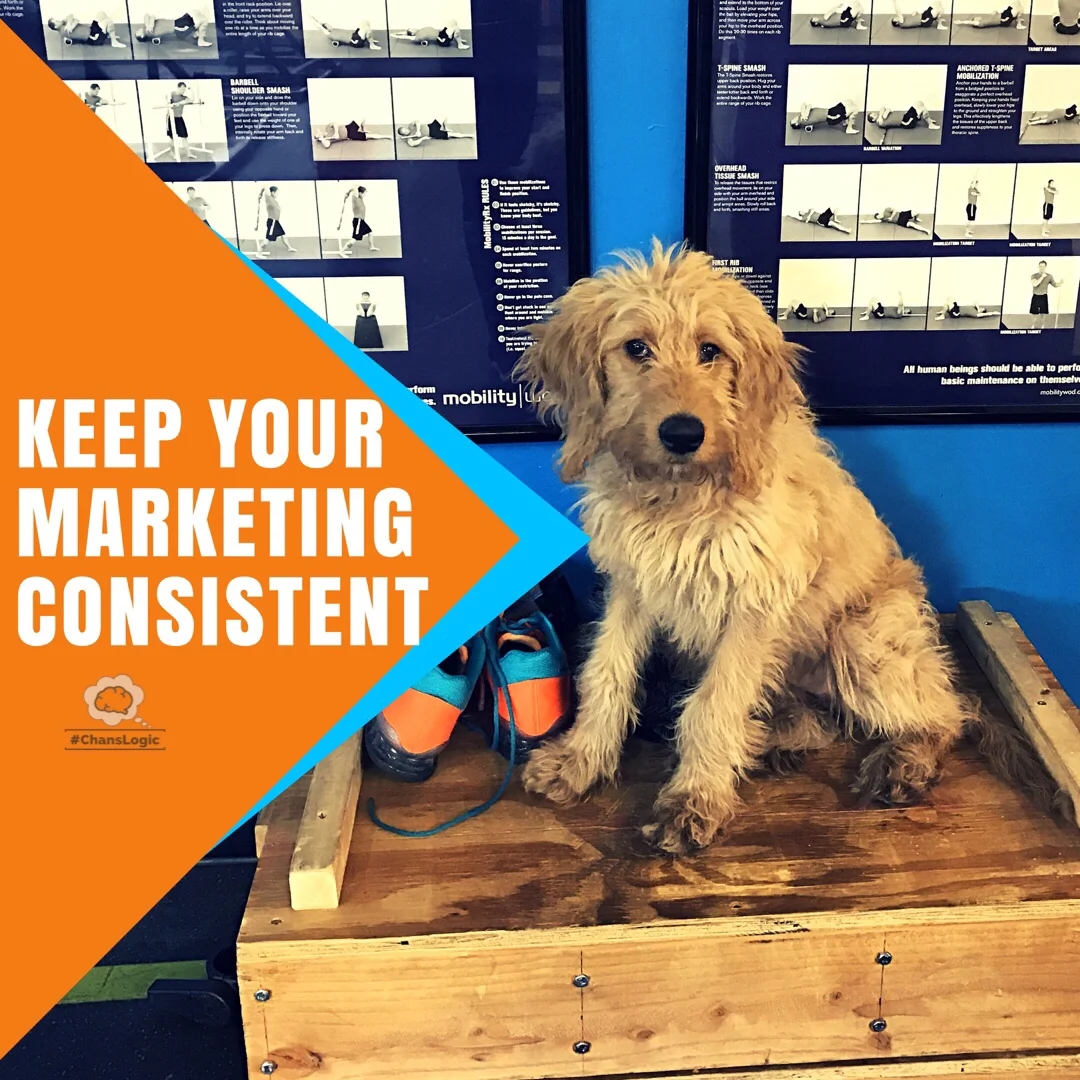How many times have you had a good experience with a company only to have it ruined by the next encounter?
Recently I had a conversation with a customer service representative with a large corporation. The wait times according to the automated system we're going to be "lengthy" so I was prepared to wait.
Maybe I was lucky or maybe they were trying to get me to use their digital assets to communicate as the cost is far cheaper than a live person. But I was connected with someone within minutes.
I had recently been on their website and made a change to my account, but noticed a small issue that I wanted to talk with someone about.
The representative I talked with was absolutely amazing and I noticed at several points she validated my questions aka what I like to call a "stroke" and then reversed what I asked with a question or what I call "reversing".
She looked into the issue and gave recommendations on what she could do and she also gave me insight into how she uses it, how it has an effect on her life and what she felt about the change I wanted to make.
I really enjoyed this 23 minute conversation, because I felt as though she really cared about my issue, was 100% genuine and wholeheartedly embraced the company's vision.
Getting everyone to embrace the vision of your company is one of the most difficult things a large scale company does. This leads me to the topic of congruency in your marketing.
Congruency is simply making sure that your vision, your employees and the customer experience is always aligned. If that alignment breaks somewhere along the line your customers will have a bad experience, which they will often tell many different people about.
Now where this company lost their congruency is after I got off the call with the representative. I hung up very happy about my experience and even commented that "That was the best customer service call I've ever been on".
This is where the company went from experience based marketing to interruption marketing. Everyone has experienced interruption marketing at some point.
Think back to when you were visiting a website and an annoying pop up literally popped up in the middle of the screen. How did you react? If you're anything like me you went into a frenzy looking for the close button.
Or how do you feel about TV commercials? Chances are you use something like Netflix so you don't have to watch them.
The days of being able to interrupt people to market to them are over. People are just too busy to deal with it in today's landscape.
Now when I hung up with the the customer service representative I was feeling pretty pumped about the experience, but not longer than 15 minutes later I received a call from an unknown number.
This is interruption number 1. Calling from an unknown number is a surefire way to get your marketing efforts ignored.
When I answered, the voice on the other end was a robotic automated answering machine. This immediately moves the experience from being wonderful with the person to being inhuman and hard to connect with.
I hung up the phone and didn't participate in whatever the machine was asking me to do.
Now how could this experience have been made better and more congruent based off my initial experience?
From my perspective, before I hung up with the customer service representative, simply saying something like "she would be very grateful if I participated in a survey for her based on my experience" and asking if it would be okay to transfer me to the survey at the end of our conversation would have worked!
Why? Well, because I was so happy with what happened at that point, I would have participated right then and there!
This is also an example of congruency and sticking with the experience I had initially. Rather than interrupting me later, this would have provided a smooth transition from my good experience to rave about that experience.
Think about this in your customer journey. Are there points to where they may have a bad experience? What are this points and how will you adjust your process to eliminate them?
Always remember the customer experience and congruency in your brand are major deciding factors for people to continue doing business with you. If you confuse them or change things up they will abandon your brand!








